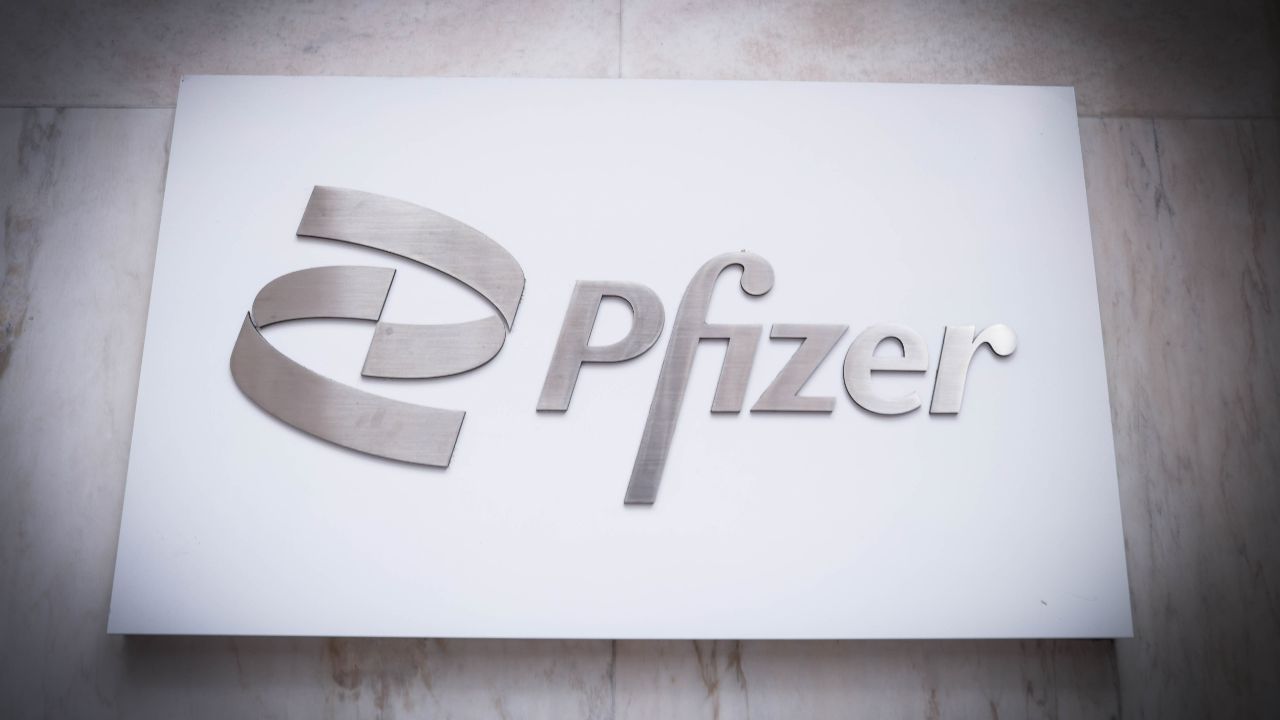Corporate Tax in Lithuania 2026 – Rules, Rates, and Opportunities

Lithuania has long positioned itself as one of Europe’s most business-friendly destinations, combining competitive taxation, EU single-market access, advanced digital infrastructure, and a stable regulatory environment. As global investors increasingly seek efficient European hubs in 2026, Lithuania stands out as a strategic location for both startups and established companies. For entrepreneurs and foreign investors, understanding Lithuania tax rates for 2026 is essential to building a compliant and tax-efficient business structure. Whether your focus is trading, logistics, tech innovation, or holding activities, Lithuania’s transparent and modern tax regime offers multiple advantages.
This article provides a comprehensive breakdown of Lithuania’s corporate tax rules, rates, incentives, compliance requirements, and the opportunities available to foreign entrepreneurs. You’ll also see how OAEC supports investors in navigating local regulations, corporate structuring, and multi-jurisdictional expansion across Europe.
Overview of the Lithuanian Tax System
Lithuania operates a modern, EU-aligned taxation framework governed by domestic legislation and harmonised with European directives. Businesses enjoy predictability, clear rules, and an effective digital tax administration system.
Main Business Taxes
Lithuania’s tax system includes
- Corporate Income Tax (CIT)
- Value Added Tax (VAT)
- Payroll taxes and social contributions
- Withholding tax (WHT) on certain cross-border payments
- Municipal taxes (limited in scope)
The State Tax Inspectorate (VMI) plays a central role in administering tax compliance, audits, reporting, and electronic filing.
Key Tax Deadlines for Businesses
- Annual CIT return Due by June 15 of the following year
- VAT filings, Monthly or quarterly, depending on company status
- Payroll and social tax filings, Monthly
- Advance CIT (if applicable) Quarterly
Understanding these timelines is essential for avoiding late-filing penalties and ensuring ongoing corporate compliance.
Corporate Tax Rates in Lithuania (2026 Update)
Corporate taxation is one of Lithuania’s strongest competitive advantages. For 2026, the structure remains investor-friendly, with clear differentiation for companies of different sizes.
Corporate Income Tax Rates for 2026
- Standard CIT rate 15%
- Reduced CIT rates
- 0% CIT for qualifying micro-companies during their first operating year
- 5% CIT for small businesses (annual turnover under €300,000 and fewer than 10 employees)
Baltic & Regional Corporate Tax Rates (2026)
| Country | Standard CIT Rate | Small Business Rate | Notes |
| Lithuania | 15% | 5% / 0% in Year 1 | Competitive SME regime |
| Estonia | 20% (distributed profits) | N/A | Tax paid only on distributions |
| Latvia | 20% (distributed profits) | N/A | Like Estonia |
| Poland | 19% | 9% for small taxpayers | Higher compliance burden |
Lithuania’s 2026 CIT regime remains one of the most appealing for SMEs and foreign investors, especially compared to neighbouring markets.
Future Tax Reform Notes
The Lithuanian government signals ongoing alignment with evolving EU tax directives, particularly digital reporting and transfer pricing updates. No significant CIT rate increases are expected for 2026.
Corporate Tax Residency Rules
Lithuania determines corporate residency based on two criteria
- Place of incorporation Companies registered in Lithuania are tax residents.
- Management and control test If a company is managed from Lithuania, even if incorporated abroad, it may be deemed resident.
Resident vs Non-Resident Tax Obligations
- Resident companies are taxed on worldwide income.
- Non-residents are taxed only on Lithuanian-sourced income, including income from
- Permanent establishments
- Local operations
- Lithuanian property
- Certain cross-border payments (subject to WHT)
Foreign Subsidiaries and Permanent Establishments
Foreign companies operating regularly in Lithuania may form a Permanent Establishment (PE) and become taxable on profits attributable to the PE.
Taxable Income and Deductions
Taxable Income
Corporate taxable income in Lithuania covers a broad range of revenue streams that contribute to a company’s overall profit. Understanding which categories fall under taxable income is essential for accurate reporting and ensuring compliance with Lithuania tax rates 2026. Below are the primary income categories that Lithuanian companies must include when calculating their corporate income tax
- Revenue from business operations
- Dividends (subject to exemptions)
- Capital gains
- Royalties and interest
- Income from foreign subsidiaries
Deductible Business Expenses
Lithuania provides a broad scope of deductible expenses, enabling businesses to significantly reduce their taxable base when costs are directly linked to generating income. Proper classification and documentation of these expenses are essential to remain compliant and fully benefit from the Lithuania tax rates 2026 incentives. Below are the main categories of deductible business expenses recognised under Lithuanian tax law
- Staff salaries and employment costs
- Operational costs (rent, utilities, materials)
- Marketing and professional services
- Depreciation and amortisation
- R&D and innovation expenditure
- Business travel and training costs
Non-Deductible or Limited Deduction Expenses
- Entertainment expenses (50% limit)
- Fines and penalties
- Non-business-related costs
- Excessive interest under thin capitalisation rules
Loss Carryforward Rules
- Losses can be carried forward for up to 5 years
- Losses from securities transactions have separate limitations
- Loss carryback is not permitted
Withholding Taxes and Dividends
Lithuania applies a withholding tax (WHT) on several categories of payments made to non-resident entities. These taxes apply unless exemptions or treaty reductions are available under EU directives or Lithuania’s extensive treaty network.
Standard Withholding Tax Rates
The following are the general WHT rates applied to outbound payments unless reduced by a Double Tax Treaty (DTT) or intra-EU exemption
- Dividends 15%
- Interest 10%
- Royalties 10%
Exemptions & Reductions
- EU Parent-Subsidiary Directive Eliminates WHT on dividends between EU companies (subject to shareholding conditions)
- Double Tax Treaties (DTTs) Reduce WHT for treaty countries
- Intra-group interest and royalties often exempt if anti-avoidance rules are met
Example
A Lithuanian subsidiary distributing dividends to a German parent company (holding >10% for 12 months) pays 0% WHT under EU rules.
VAT and Other Business Taxes
Value Added Tax (VAT)
VAT is one of the most important elements of Lithuania’s tax system, applying to most goods and services supplied domestically or imported into the country. Businesses operating in Lithuania must understand how VAT works to remain fully compliant with Lithuania tax rates 2026 and avoid penalties associated with incorrect filings.
- Standard rate 21%
- Reduced rates
- 9% (books, hotels, heating, certain services)
- 5% (pharmaceutical products, medical equipment)
These reduced rates are designed to support essential sectors and stimulate economic activity, ensuring affordability for consumers while maintaining transparency for businesses. Companies must apply the correct VAT rate depending on the category of goods or services they provide.
VAT Registration Threshold
- Mandatory VAT registration at €45,000 annual turnover
- Foreign businesses must register immediately if making taxable supplies in Lithuania
Payroll Taxes
Employers are responsible for
- Social insurance contributions
- Health insurance contributions
- Withholding personal income tax from salaries
Municipal Taxes
Although Lithuania’s tax system is largely centralised, businesses may still encounter certain local levies depending on their physical presence and activities within specific municipalities. These charges are generally modest and do not significantly affect a company’s overall tax burden. Minor local levies apply, with limited financial impact on most companies.
Tax Incentives and Opportunities for Businesses
Lithuania’s incentive framework is one of the most generous in the region, especially for innovation, technology, and manufacturing.
R&D Tax Relief
Eligible research and development costs can be deducted at up to 300%, making Lithuania highly attractive for
- Software development
- Biotech and life sciences
- Tech innovation
- Engineering R&D
Free Economic Zones (FEZ)
Businesses operating within FEZs enjoy
- 0% CIT for the first 10 years
- 50% CIT reduction for the next 6 years
- Exemption from real estate and land taxes
Major FEZ locations include
- Kaunas
- Klaipėda
- Panevėžys
- Šiauliai
Startup and Innovation Incentives
Lithuania supports
- FinTech licenses (E-Money and Payment Institution)
- IT and SaaS companies
- Manufacturing and logistics startups
Benefits for Holding Companies
Lithuania offers
- Participation exemption on dividends from EU companies
- Favourable regime for capital gains in certain cases
- Strategic location for international headquarters
Compliance, Reporting, and Deadlines
Annual Corporate Tax Filing
- CIT returns are due by June 15
- Financial statements must align with Lithuanian GAAP or IFRS
Accounting and Audit Requirements
Audit becomes mandatory if two of the following conditions are met
- Revenue exceeds €3 million
- Assets exceed €1.5 million
- More than 50 employees
Digital Tax Administration
Lithuania’s VMI offers
- Full e-filing system
- Real-time reporting
- Electronic VAT invoices
Penalties
Late filing or incorrect reporting can lead to
- Monetary fines
- Increased audit scrutiny
- Interest on unpaid tax
Double Taxation Treaties (DTTs)
Lithuania has an extensive treaty network with 60+ countries, ensuring tax efficiency for cross-border businesses.
Key treaty partners include
Benefits for Investors
- Reduced withholding tax
- Avoidance of double taxation
- Clarified residency rules
- Improved predictability for cross-border operations
Opportunities for Foreign Investors
Lithuania offers compelling advantages for international entrepreneurs seeking a competitive European base.
Why Lithuania Stands Out?
- EU membership & Schengen access
- Fast digital infrastructure
- Multilingual and highly educated workforce
- Competitive salary costs
- Strong logistics connectivity
Top Investment Sectors
- FinTech & financial services
- IT & software development
- Manufacturing & engineering
- Transport & logistics
- E-commerce and trading
Tax Efficiency for Holding & Trading Companies
With moderate CIT rates, EU treaty protection, and favourable dividend rules, Lithuania is ideal for regional HQ structures.
How OAEC Supports Investors?
OAEC helps investors structure their Lithuanian companies to benefit from incentives, tax relief, FEZ advantages, and EU-level protections.
How OAEC Supports Business Setup and Tax Compliance?
We provide full end-to-end support for foreign entrepreneurs entering Lithuania
Company Formation Services
- Private limited company (UAB) incorporation
- Multi-jurisdictional expansion planning
- Corporate structuring for EU market entry
Tax & Accounting Support
- Corporate tax registration
- Ongoing accounting services
- Payroll and VAT reporting
- Compliance with VMI’s digital systems
Additional Support
- Registered office & virtual office solutions
- Audit coordination
- FEZ setup assistance
- Cross-border DTT optimisation
- Long-term compliance and reporting
OAEC simplifies the entire lifecycle of establishing, managing, and expanding a Lithuanian company.
Conclusion
Lithuania remains one of the most attractive European jurisdictions for business formation in 2026, thanks to low CIT rates, strong SME incentives, generous R&D reliefs, and stable regulatory frameworks. Understanding Lithuania tax rates 2026 and planning a tax-efficient strategy from the start helps businesses stay compliant and competitive. By partnering with Open a European Company, investors benefit from expert guidance, seamless incorporation, tax optimisation, and a fully managed compliance solution that supports long-term success in the EU market.
The post Corporate Tax in Lithuania 2026 – Rules, Rates, and Opportunities appeared first on Open a European Company.















































